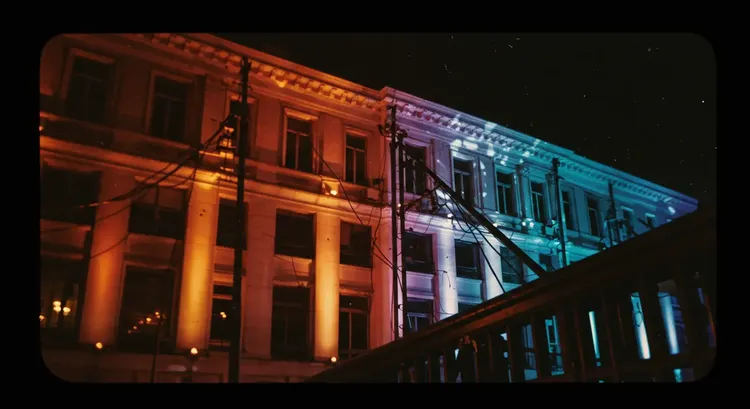How Dimming Shapes Color in Architectural Lighting: Tips and Examples from Sundrax Engineers 🌆
Architectural lighting is more than just illumination—it’s a powerful tool that brings buildings to life. Through color, brightness, contrast, and seamless transitions, it crafts mood, highlights intricate details, and accentuates form. At the heart of this expressive art lies dimming—not merely a way to adjust brightness but a method to transform the perception of color and the atmosphere of any space. ✨

